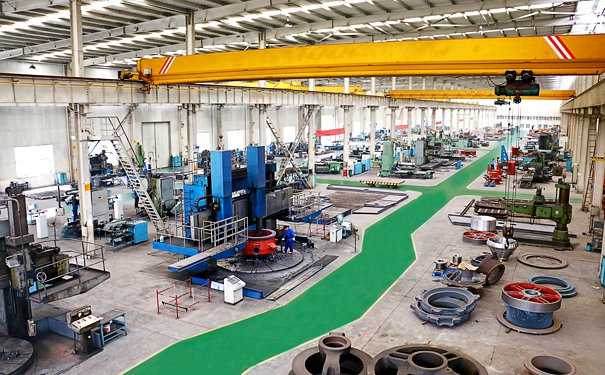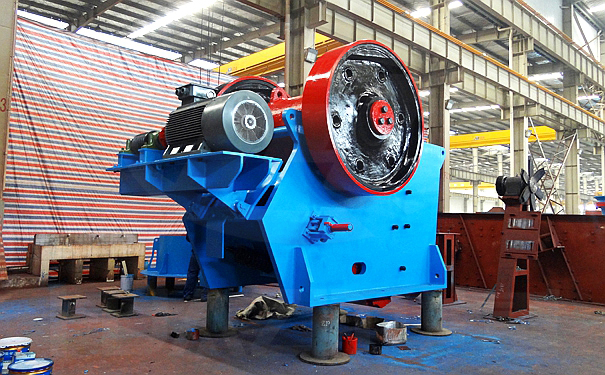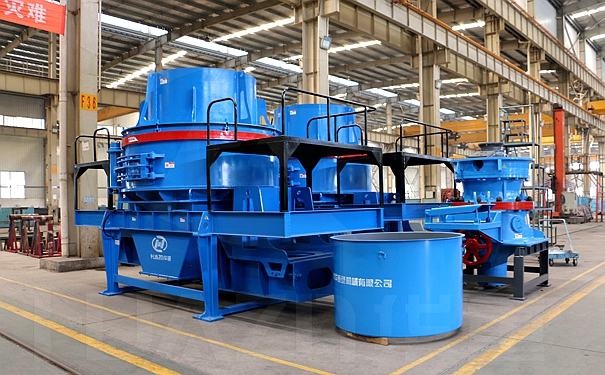Rock is an ore material that can be found everywhere in nature, so how to distinguish hard rock? Generally, it can be judged by the saturated uniaxial compressive strength. Rocks> 60MPa are called hard rocks, and those between 30-60MPa are hard rocks. For example: granite, basalt, limestone, marble, sedimentary rock, quartzite, slate, dolomite, limestone, gneiss, etc. are all called hard rocks, which can be well applied after crushing and sand making to highways, bridges, municipal construction, airport runways, railways and many other fields. But if you want to use it, you need to use a crusher. Only materials processed by the crusher can be used in the construction industry. Be careful when choosing crushing equipment. In addition to choosing the right manufacturer, you must also choose the right product. For example, it is not suitable to choose impact breaking, hammer breaking, etc., so as to avoid subsequent frequent replacement of wear-resistant parts and delay production and increase costs. What are the suitable equipments for crushing hard materials?

In general, the treatment of rocks can be roughly divided into three major steps: coarse crushing, medium crushing and fine crushing. Below we will introduce the commonly used crushing equipment in each stage according to coarse, medium and fine.
1. Primary crushing stage – jaw crusher

The most commonly used coarse crusher is not only hard rock such as granite, basically the coarse crushing of ore is done by jaw crushing, both soft and hard. The manufacturing process of jaw crushing in China is relatively mature. Therefore, in the field of coarse crushing, jaw crushers are used for coarse crushing.
Advantages: simple structure, reliable operation, light weight, cheap price, diverse models, small size, large inlet size, easy maintenance, and economic operating costs.
Disadvantages: the lining board is easy to wear, the needle content in the product is high, and the feeding equipment is generally required.
2. Medium crushing stage – cone crusher

Cone crusher is definitely the most commonly used product in the fine crushing stage of hard rock crushing. It has good wear resistance and many models. There are spring type cone crusher, single cylinder hydraulic cone crusher, multi-cylinder hydraulic cone crusher and many more. However, cone crushing is also not suitable for crushing wet and sticky ore.
Advantages: large crushing ratio, high efficiency, low energy consumption, less dust, uniform product size, stable operation, low failure rate, and not easy to crush.
Disadvantages: the structure and maintenance are more complicated, the body is high and the price is expensive.
3. Fine crushing and shaping stage – vertical impact crusher

If sand making is not required in the future, the fine crushing model of the cone crusher can also be used in the fine crushing stage. If the requirements on the product grain shape are strict, generally follow-up with a sand shaping machine. Vertical impact sand making machine can choose different crushing cavity types of "stone-beat-stone" or "stone-beat-iron". For granite, the hardness is larger, so it is not suitable to choose "stone-beat-iron" cavity type, because the peripheral guard plate is easy to wear, frequent replacement and high cost of accessories.
Advantages: It has the shaping function, the product is cubic, and the bulk density is large. It is a widely used sand making and shaping equipment on the market.

